According to Ayurveda, the sense of taste is a natural guide map towards proper nutrition. Ayurveda identifies six taste by which all foods can be categorized: sweet, sour, salty, pungent, bitter and astringent. By having a balance of the six tastes though out the day, all of your dosha have been given the nutrients needed to function correctly. In addition, including all six tastes in your diet contributes to feeling satisfied at the end of the meal and minimize cravings. Cravings are often caused by not having all of the six tastes in your daily diet. Many people omit the bitter and astringent tastes, but when having these tastes at the end of the meal, it reduces your desire for sweet, thus eat your salad at the end of each meal instead of the beginning.
The six tastes offer us a user-friendly guide map for how to nourish ourselves. Rather than looking at nutritional labels for X amount of protein or Y amount of carbohydrates, the six tastes naturally guide us towards our body’s dietary needs. Each taste feeds our mind, body, senses, and spirit in its unique way. From a modern nutritional perspective, the six Tastes satisfy each of the major nutritional building blocks.
Sweet foods, for example, are rich in fats, proteins, carbohydrates, and water, whereas Bitter and Astringent foods are high in vitamins and minerals.
The brain sends the body signals when it requires energy in the form of food. By incorporating all six tastes into each meal, we ensure that these signals are adequately met, thus avoiding food cravings or the over-consumption of certain foods.
Including the six tastes in each meal doesn’t need to be a daunting task. Adding a squeeze of lemon to cooked dishes, for example, can quickly satisfy the sour taste, while adding a side salad will fulfill the bitter and astringent tastes. Examples of each tastes responsibility in the body and food sources are listed below:
Sweet (decreases Vata and Pitta, increases Kapha)- Builds tissues, calms nerves: grains, rice, bread, sweet fruit, beets, potatoes, sweet potatoes, milk, oils, meats, nuts.
Sour (decreases Vata, increases Pitta and Kapha)- Cleanses tissues, increases absorption of minerals: citrus fruits, yogurt, alcohol, vinegar, cheese, tomato, raspberries, strawberries.
Salty (decreases Vata, increases Pitta and Kapha)- Improves taste to food, lubricates tissues, stimulates digestion: Natural salts, sea vegetables.
Bitter (increases Vata, decreases Pitta and Kapha)- Detoxifies and lightens tissues: coffee, rhubarb, turmeric, most green and yellow veggies, broccoli, cauliflower, asparagus, leafy greens, cabbage.
Pungent (increases Vata and Pitta, decreases Kapha) Stimulates digestion and metabolism: garlic, onion, ginger, wasabi, black pepper, cloves, cayenne pepper, horseradish, salsa, jalapenos.
Astringent (increases Vata, decreases Pitta and Kapha): Absorbs water, tighten tissues, dries fat: fruit peels, unripe banana, leafy greens, blueberries, cranberries, beans, legumes, peas, green tea.






